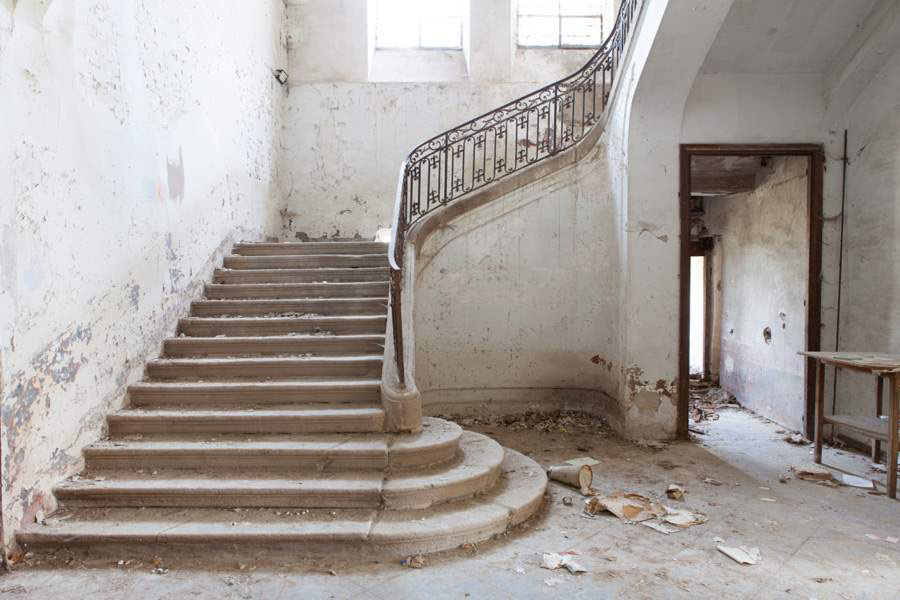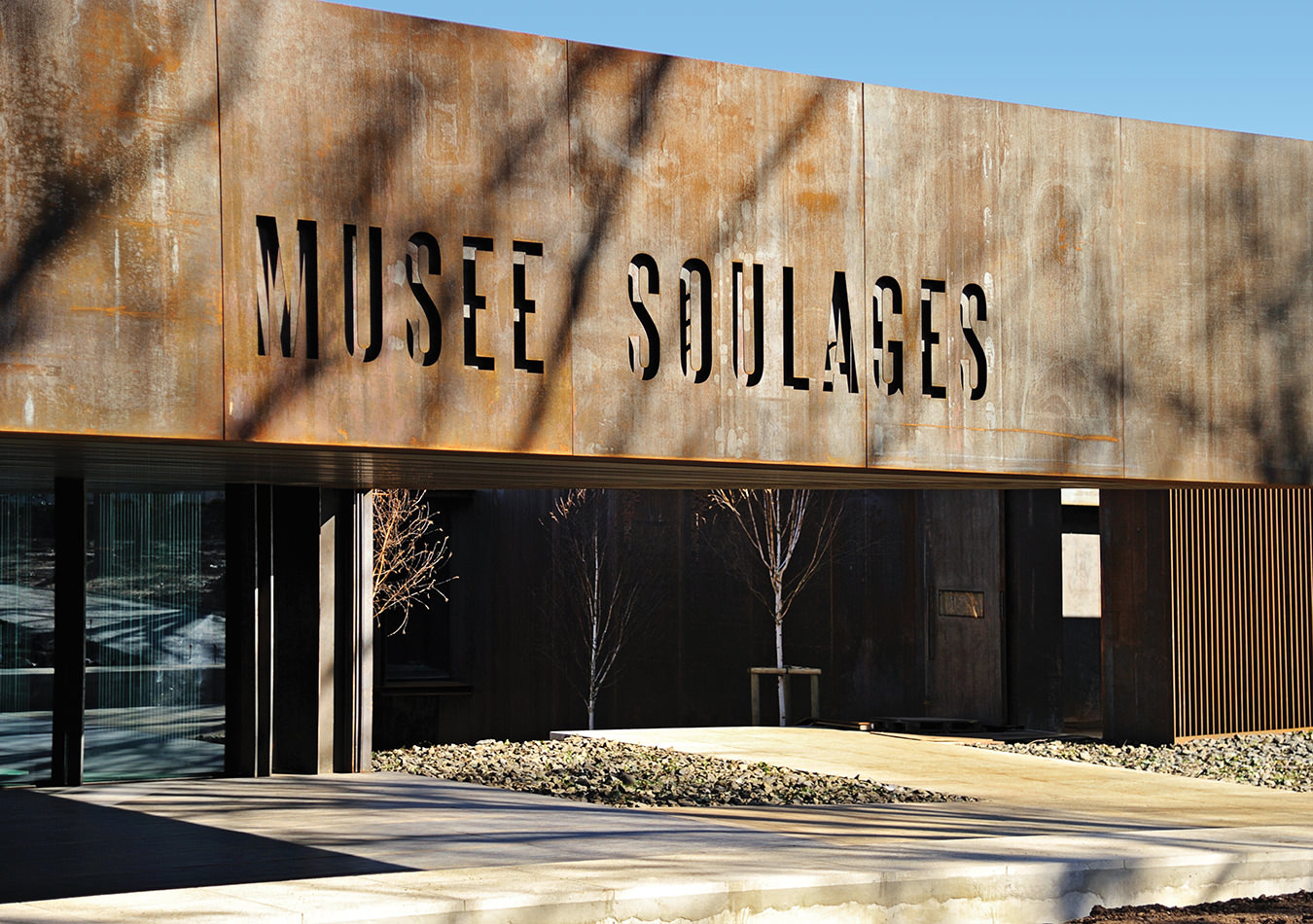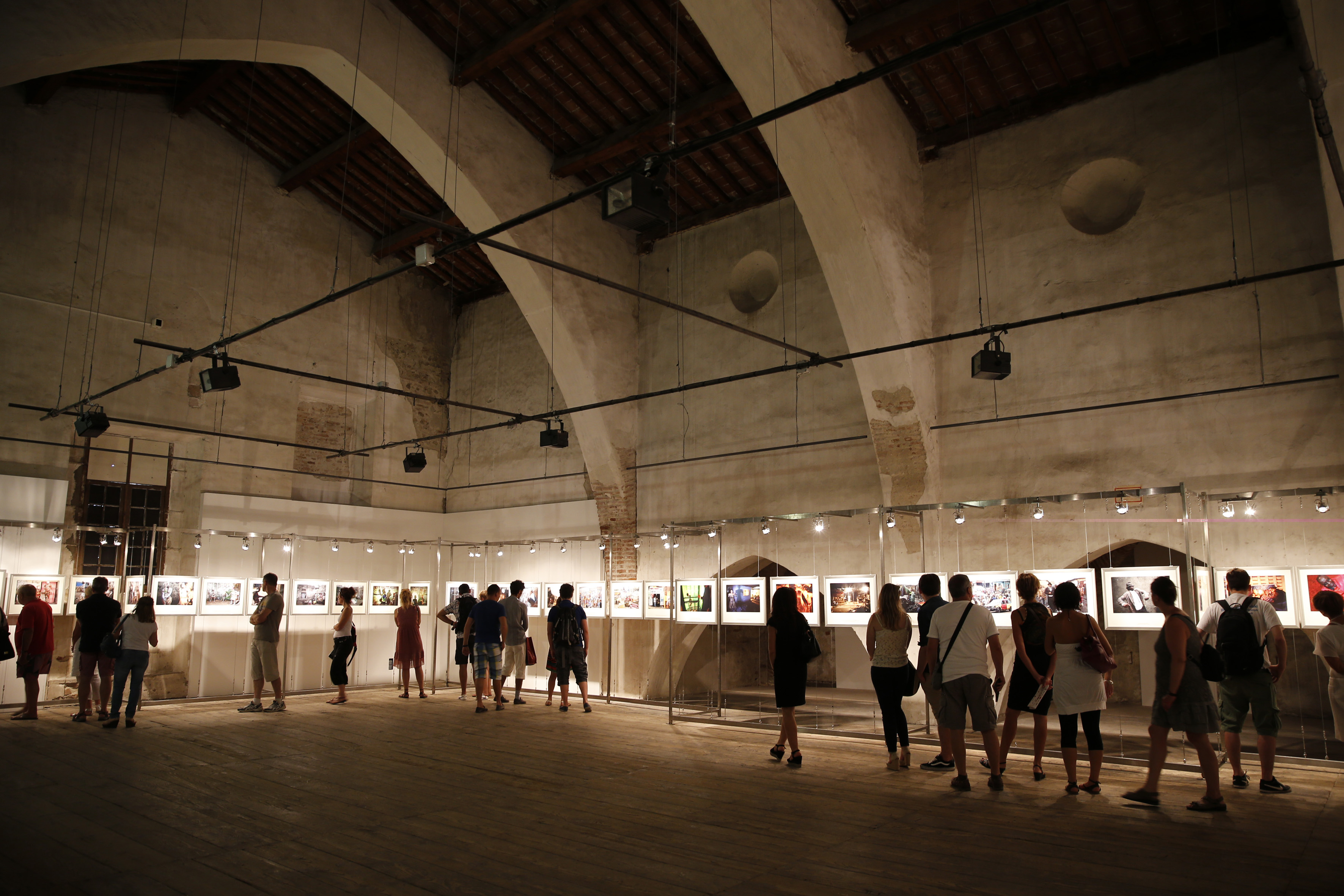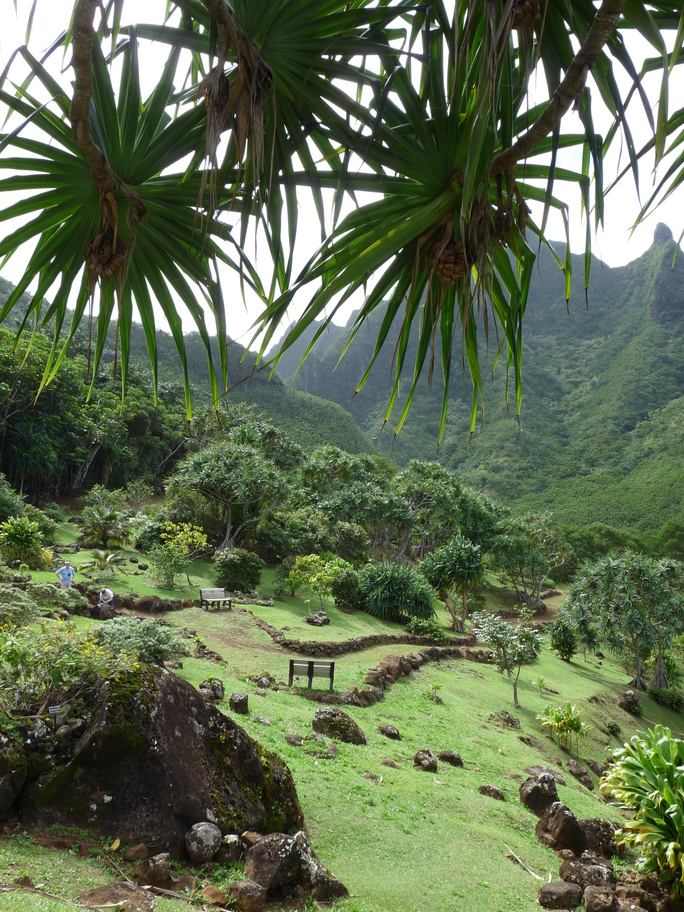-
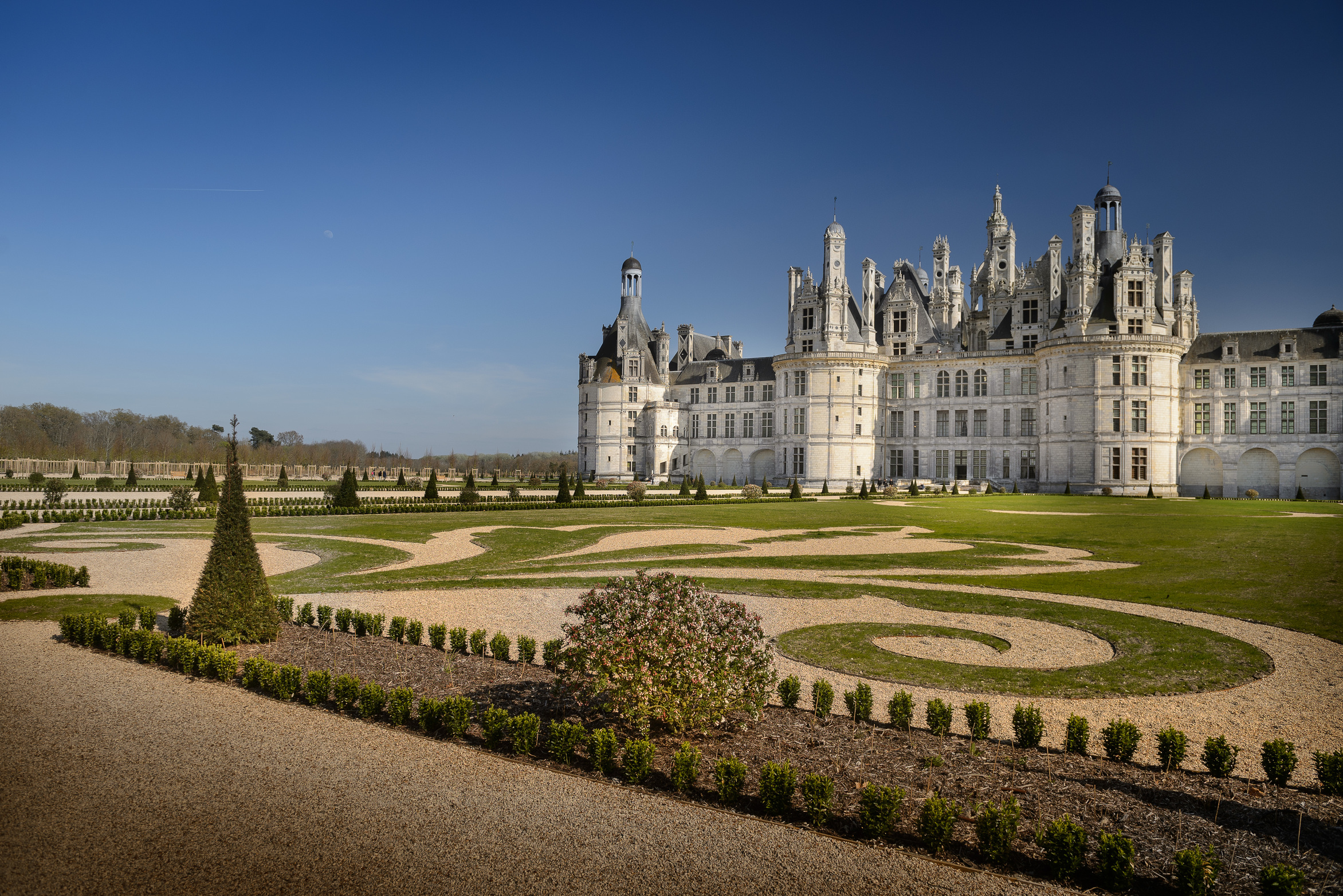
Château de Chambord. Photo: Château de Chambord.
-
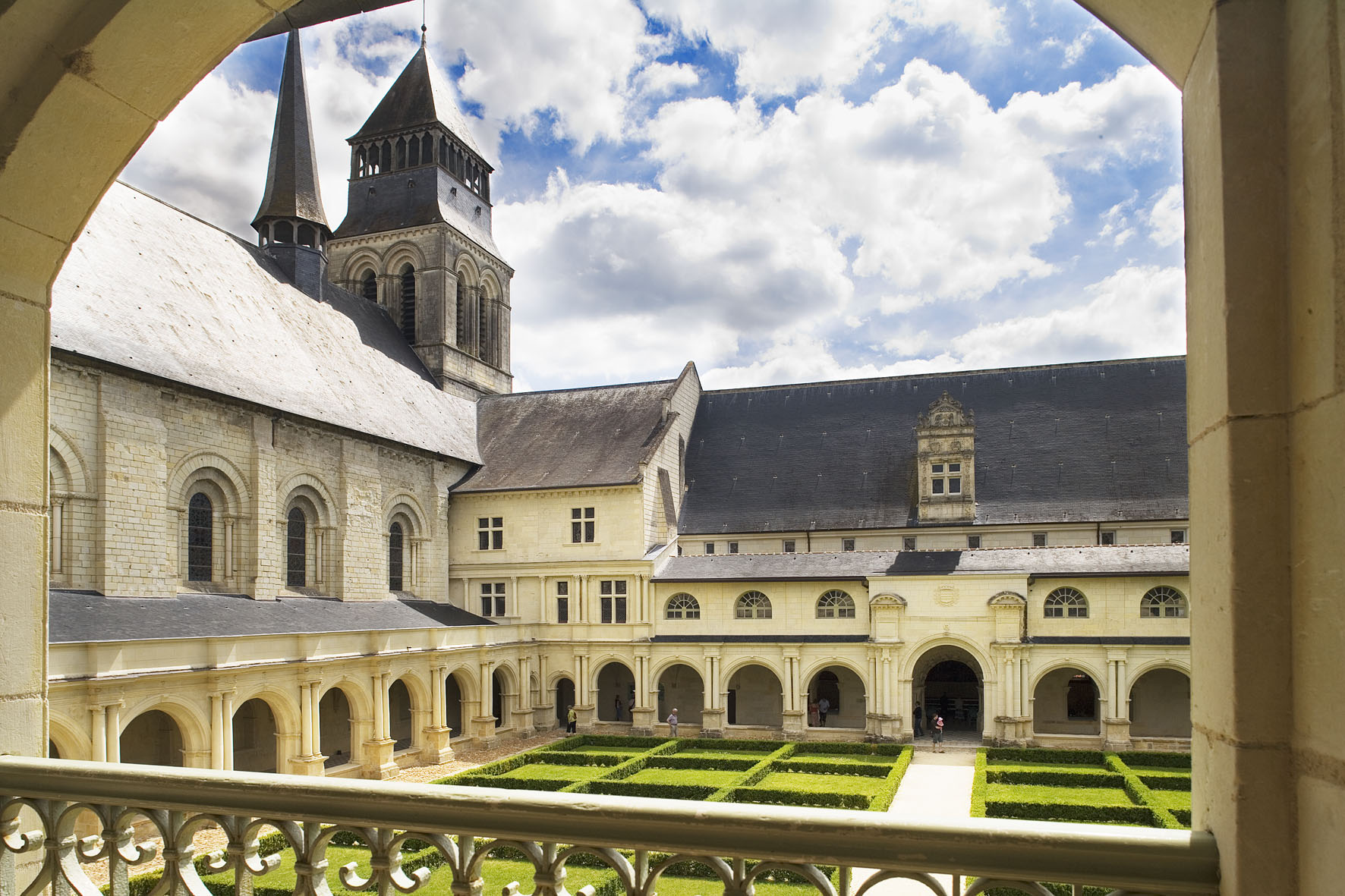
Abbaye Royale de Fontevraud.
-

Château de Villandry. Photo: Gillard-et-Vincent.
-

Château de Chaumont-sur-Loire. Photo: Éric Sander.
-
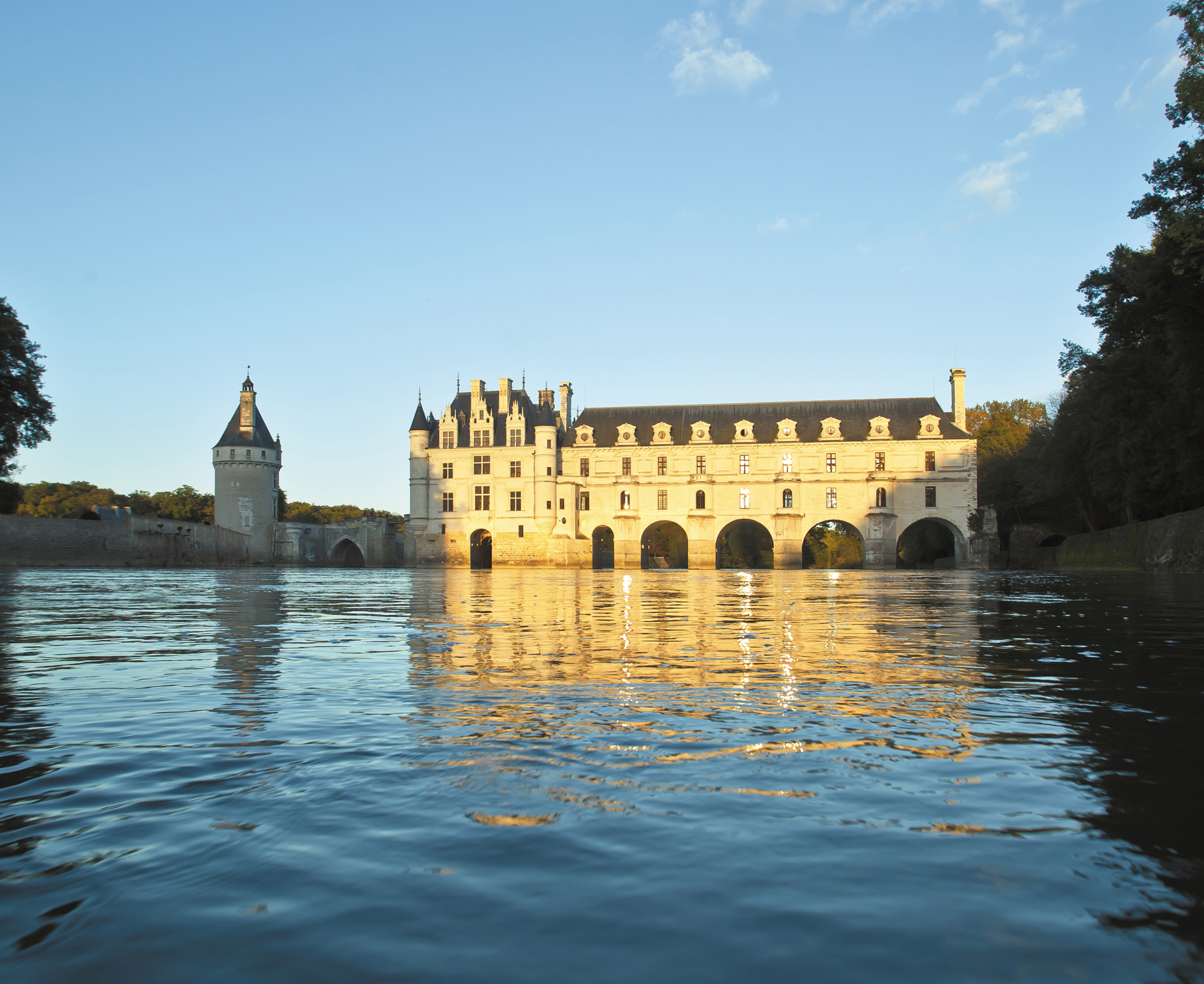
Château de Chenonceau. Photo: Briq Ecliptique.
-
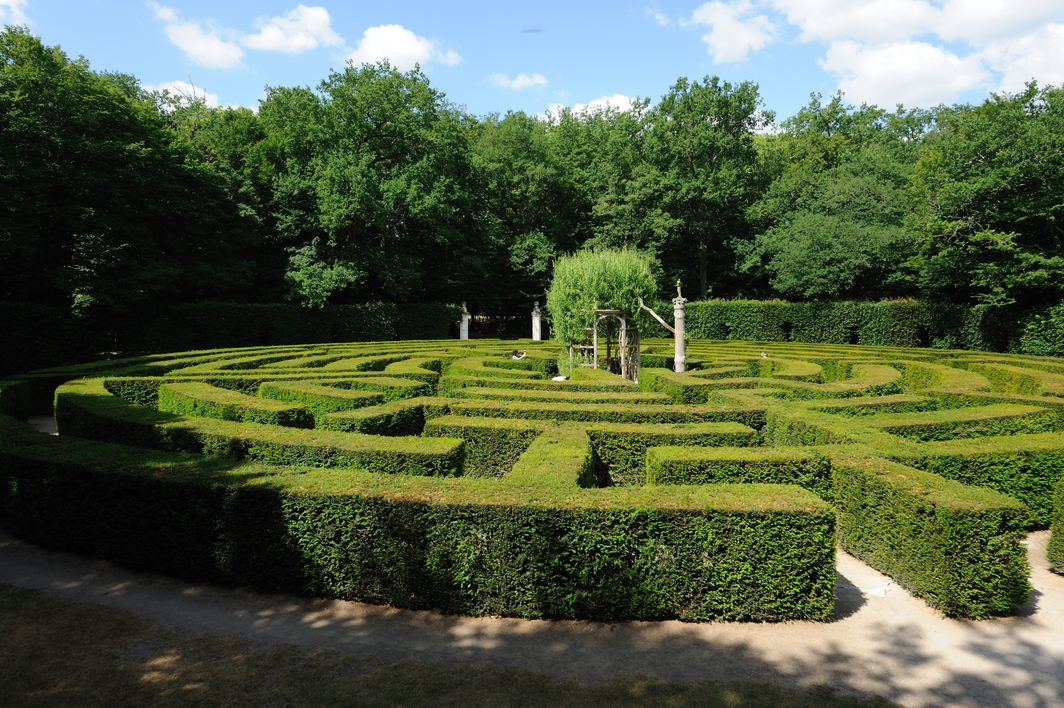
Château de Chenonceau. Photo: Images Demarc.
-
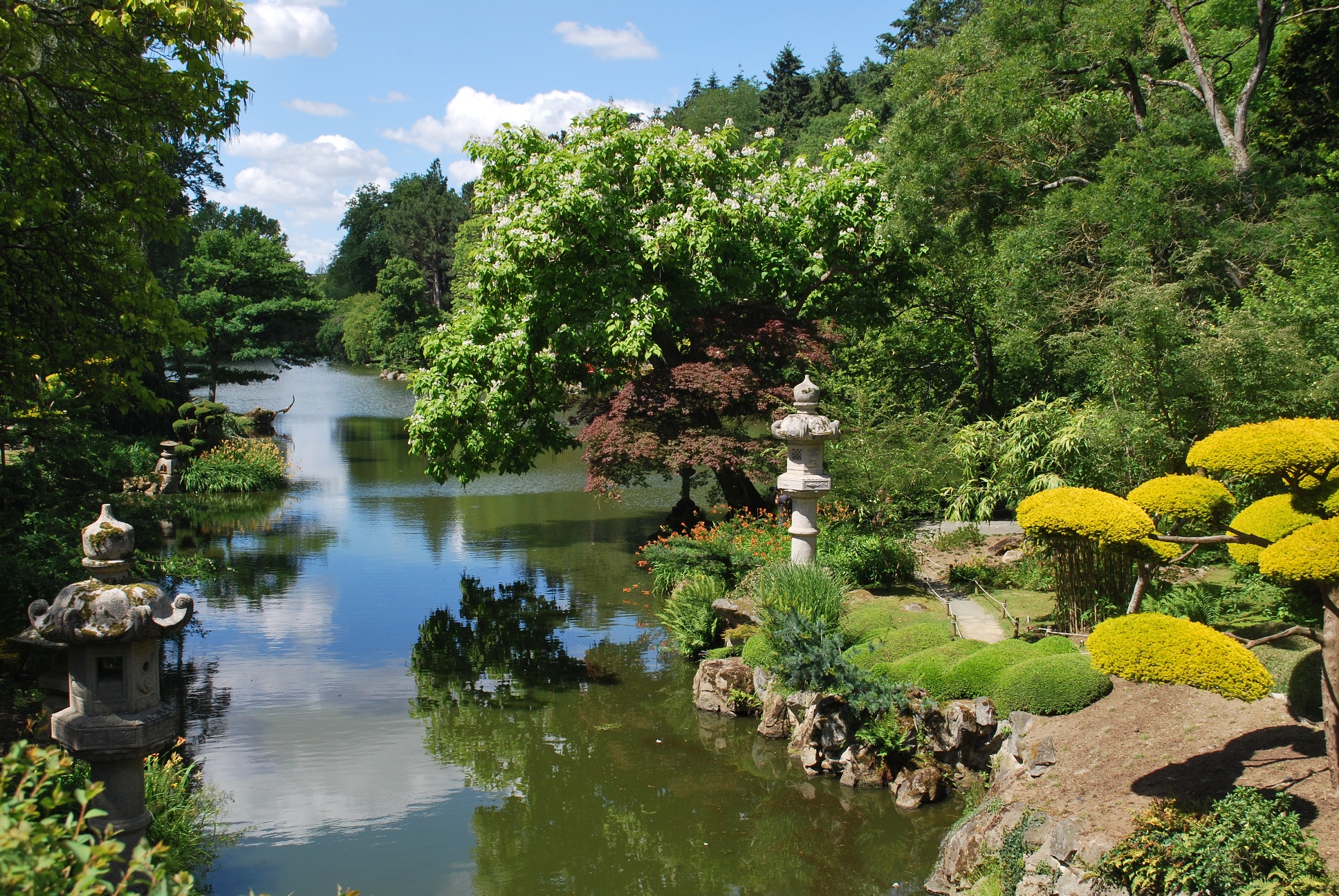
Parc oriental de Maulévrier. Photo: Parc Oriental.
A Guide to the Châteaux and Gardens of the Loire Valley
Mythical beauty, historic sites.
With its enchanting oak forests and grassy riverbanks, France’s Loire Valley region has long attracted discerning vacationers. Home to over 300 châteaux, some of which date back to the 10th century, French kings and nobles once constructed their dream castles in the verdant area. Of course, no castle would be complete without a garden, and so each historic structure comes garnished with grounds, the enduring beauty and singularity of which are a key reason UNESCO recognized a 280-kilometre stretch of the Loire Valley (a.k.a. “the Garden of France”) as a World Heritage Site in 2000. The region, ranging from Chambord in the east to Angers in the west, deemed 2017 the “year of the garden”, with celebratory events hosted throughout. But one needs no occasion to enjoy the historic garden styles, rolling vineyards, and ancient wisteria vines that make this region so Edenic—only a sense of where to explore.
Château de Chambord
Begin in the east—from the town of Orléans, it is an easy drive to Château de Chambord, the French Renaissance hunting lodge of King Francis I, who tiled the exterior in striking black slate and the region’s traditional white limestone, commissioned Leonardo da Vinci to design a central spiral staircase, and had his emblematic salamander carved into nooks and crannies (only to visit twice before his death). This year, American philanthropist Stephen Schwarzman invested €3.5-million into the new restoration of the 18th-century formal French garden—a flowerless, symmetrical pattern best seen from above. A bona fide tourist attraction, Chambord features a traditional cookie bakery and a shop that sells its eponymous liqueur: an infusion of vanilla, spices, cognac, and black raspberries, based on a recipe from the late 1600s.
Château de Chaumont-sur-Loire
Located on a sprawling riverfront ground dotted with convoluted ancient cedars and riddled with spring flowers, Catherine de Medici purchased Chaumont-sur-Loire in 1560, a year after her husband King Henry II’s death. For a short while, de Medici used the castle to entertain her astrologer friends (among them Nostradamus), but ultimately decided the grounds were not for her, forcing Diane de Poitiers, Henry II’s former mistress, into a bit a historic house-swap—de Medici took over Château de Chenonceau, where de Poitiers had been residing, and de Poitiers settled for Chaumont instead. More recently, the grounds became home to the International Garden Festival, for which landscape artists submit hundreds of proposals for poetic installations created using plants and the best are brought to life for visitors to explore each year.
Château de Chenonceau
Before being banished, Diane de Poitiers made her mark on the Chenonceau in the form of a lush, intricately patterned Renaissance garden filled with lilies, rosemary, and roses, the structure of which remains unchanged to this day. “She was very interested in the garden and art. The garden was art,” says botanical director Nicholas Tomlan. When Catherine de Medici took over, she respected her rival’s work enough to let it stand, constructing her own, fashionably Italian-style garden with a central pond flanked in lavender and rose shrubs on the castle’s other side. Take a tour of the castle, and note the luscious floral arrangements within—these are created in the château’s Floral Workshop using blooms cut from the ground’s own flower garden, where vegetables used at the sophisticated Orangerie restaurant—like mizuna, blue potatoes, herbs, and delicate white eggplants—also thrive. This year, a new garden will be added at Chenonceau, based on 1950s-era drawings for a planned but forgotten work by famous British garden designer Russell Page.
Château de Villandry
One of the most modern major châteaux to be built in the valley, Renaissance-era Villandry was once the home of King Francis I’s minister of finance, and had several owners (including Napoleon Bonaparte’s little brother, Jérôme) and is now owned and operated by the third generation of the Carvallo family. When Joachim Carvallo acquired the property in 1906, he went to work unearthing historic and archeological clues to help restore original Renaissance gardens since replaced by trendier British styles that did the castle few aesthetic favours. His descendant, Henri Carvallo, inaugurated a new Sun Garden in 2008—a gorgeous spot thick with lilac bushes that perfume the air. The interior is just as charming, With a macaron-hued palette of pistachio and soft pink, one could imagine director Wes Anderson setting a film about the quirky descendants of French aristocrats in its gorgeous rooms.
Abbaye Royale de Fontevraud
Europe’s largest abbey and a UNESCO-classified historic monument from the Middle Ages is the Fontevraud Abbey. Guests may sleep over, as the contemporary Fontevraud boutique hotel now takes up a wing in the former religious community. One is welcome to wander through the expansive grounds of the 1,000-year-old monastery at any hour—whether it’s a midnight exploration of the catacombs, a stroll into the church to see the effigies of Eleanor of Aquitaine and her son Richard the Lionheart which reside there, or a simple walk through the gardens. Chef Thibaut Ruggeri’s Fontevraud Le Restaurant ensures haute cuisine and local wines are available each night—apropos, as the nuns and monks (yes, this was an unusual, co-ed monastery—run by Abbesses at that) once grew 1,000 hectares of grapes here, and drank wine instead of water.
Château Colbert and Parc Oriental de Maulévrier
The largest Japanese garden in Europe, Parisian architect Alexandre Marcel created the Edo-style, 29-hectare Parc Oriental de Maulévrier between 1899 and 1913 as a gift for his new family; he had just married the daughter of the owners of Château Colbert, a gorgeous, 1679 castle overlooking the land. The park is stunning, with a pathway winding coquettishly to ensure new delights—a hillock of blooming azaleas, a pagoda garden, purple-flowered Judas trees, and ancient cedars—await around every turn. Yet despite proximity to the grand Maulévrier, the potager (a vegetable patch at the Château Colbert, now a boutique hotel) stands its ground in terms of beauty and interest. The head gardener, who previously served at the potager du Roi (the King’s Kitchen Garden) at Versailles, carefully grows rare and delicious plants (lettuces un-tasted since the 1800s, edible flowers, the mertensia maritima—a plant with leaves that taste of oysters) to be served in the property’s gourmet dining room. Interested guests may wander through, sampling a berry here, pulling a weed there, ultimately finding themselves in a small natural history museum filled with framed butterfly specimens at the garden’s far end.
_________
Never miss a story. Sign up for NUVO’s weekly newsletter, here.





